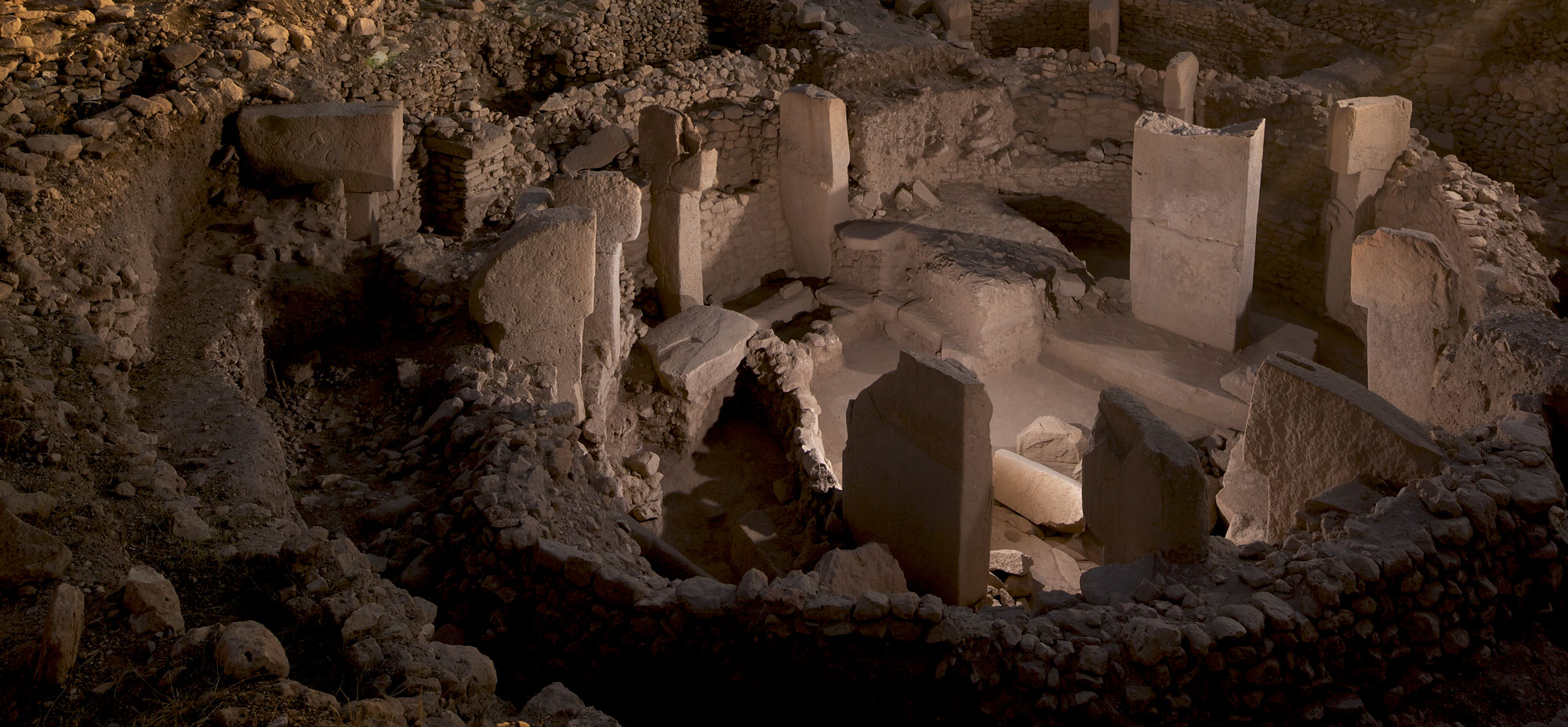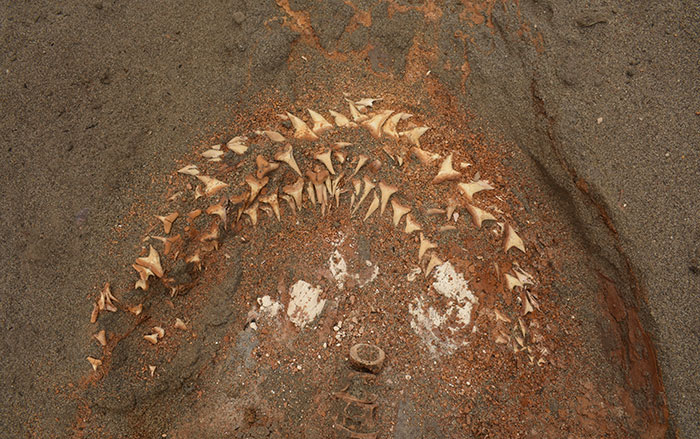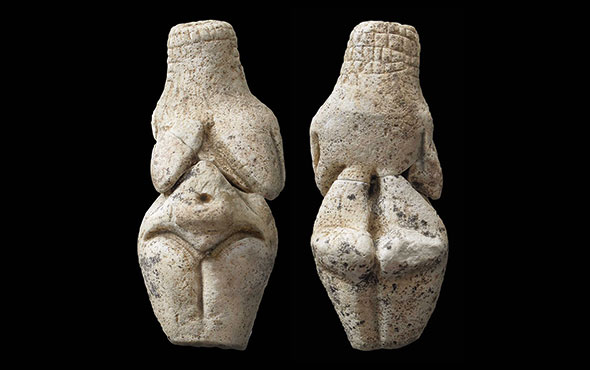
TEL AVIV, ISRAEL—According to a Haaretz report, Gil Haklay of the Israel Antiquities Authority and Avi Gopher of Tel Aviv University employed a computer algorithm to analyze the design of Göbekli Tepe, a temple complex in southeastern Anatolia thought to have been built by hunter gatherers some 11,500 years ago. The complex includes concentric, roughly circular structures featuring pairs of pillars set in the centers of the circles, Haklay said. It had been previously suggested that all of the structures were built over time, but Haklay and Gopher suggest the construction of the oldest buildings at the site was planned as a single project. The analysis revealed, Haklay explained, that the centers of three of the stone circles were placed roughly midway between their central pillars. Those three points, when linked, are within about ten inches of forming an equilateral triangle with sides measuring about 63 feet long. “The enclosures all have different sizes and shapes so the odds that these center points would form an equilateral triangle by chance are very low,” he said. Gopher added that the project would have required the labor of at least hundreds of people and could mark the beginnings of stratified society. For more on the site, go to "Skull Cult at Göbekli Tepe," one of ARCHAEOLOGY's Top 10 Discoveries of 2017.











